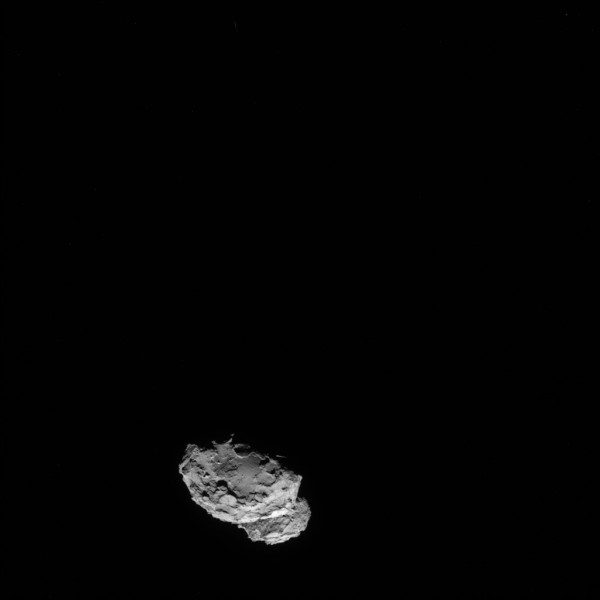An Hamas officer, captured by Israel, admits he led the kidnapping and murder operation of three Israeli teenagers
Israel has captured the man who was in charge of the operation that kidnapped and then murdered three Israeli teenagers, who also admits that (surprise!) he is a squad commander for Hamas in Gaza.
So, let’s get this straight. Hamas organizes the killing of Israeli children. Hamas launches rockets from schools so that Arab children are endangered. Hamas also prevents Gaza citizens and their families from seeking safety during war. And Hamas also calls for the genocide of all Jews, women and children included.
But Israel is the one condemned for committing war crimes? As Thomas Sowell recently noted, “In an age when scientists are creating artificial intelligence, too many of our educational institutions seem to be creating artificial stupidity.”
Even the most superficial but honest observer of the Gaza War would have conclude that Hamas is just one step removed from a child abuser. And since when do we as civilized people lend aid and comfort to child abusers?
Israel has captured the man who was in charge of the operation that kidnapped and then murdered three Israeli teenagers, who also admits that (surprise!) he is a squad commander for Hamas in Gaza.
So, let’s get this straight. Hamas organizes the killing of Israeli children. Hamas launches rockets from schools so that Arab children are endangered. Hamas also prevents Gaza citizens and their families from seeking safety during war. And Hamas also calls for the genocide of all Jews, women and children included.
But Israel is the one condemned for committing war crimes? As Thomas Sowell recently noted, “In an age when scientists are creating artificial intelligence, too many of our educational institutions seem to be creating artificial stupidity.”
Even the most superficial but honest observer of the Gaza War would have conclude that Hamas is just one step removed from a child abuser. And since when do we as civilized people lend aid and comfort to child abusers?


